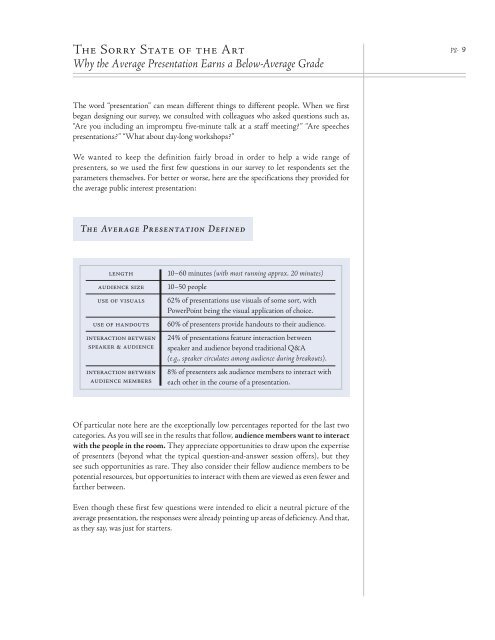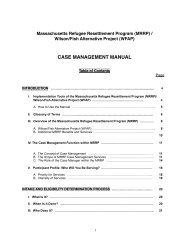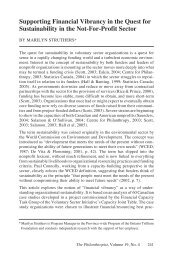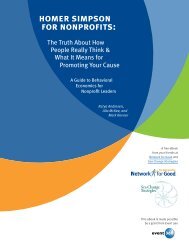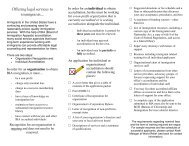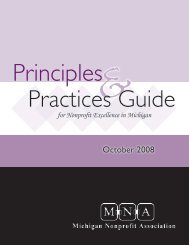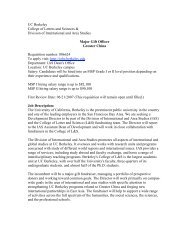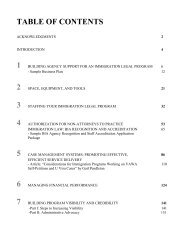Why Bad Presentations Happen to Good Causes - The Goodman ...
Why Bad Presentations Happen to Good Causes - The Goodman ...
Why Bad Presentations Happen to Good Causes - The Goodman ...
You also want an ePaper? Increase the reach of your titles
YUMPU automatically turns print PDFs into web optimized ePapers that Google loves.
<strong>The</strong> Sorry State of the Art<br />
<strong>Why</strong> the Average Presentation Earns a Below-Average Grade<br />
<strong>The</strong> word “presentation” can mean different things <strong>to</strong> different people. When we first<br />
began designing our survey, we consulted with colleagues who asked questions such as,<br />
“Are you including an impromptu five-minute talk at a staff meeting?” “Are speeches<br />
presentations?” “What about day-long workshops?”<br />
We wanted <strong>to</strong> keep the definition fairly broad in order <strong>to</strong> help a wide range of<br />
presenters, so we used the first few questions in our survey <strong>to</strong> let respondents set the<br />
parameters themselves. For better or worse, here are the specifications they provided for<br />
the average public interest presentation:<br />
<strong>The</strong> Average Presentation Defined<br />
length<br />
audience size<br />
use of visuals<br />
use of handouts<br />
interaction between<br />
speaker & audience<br />
interaction between<br />
audience members<br />
10–60 minutes (with most running approx. 20 minutes)<br />
10–50 people<br />
62% of presentations use visuals of some sort, with<br />
PowerPoint being the visual application of choice.<br />
60% of presenters provide handouts <strong>to</strong> their audience.<br />
24% of presentations feature interaction between<br />
speaker and audience beyond traditional Q&A<br />
(e.g., speaker circulates among audience during breakouts).<br />
8% of presenters ask audience members <strong>to</strong> interact with<br />
each other in the course of a presentation.<br />
Of particular note here are the exceptionally low percentages reported for the last two<br />
categories. As you will see in the results that follow, audience members want <strong>to</strong> interact<br />
with the people in the room. <strong>The</strong>y appreciate opportunities <strong>to</strong> draw upon the expertise<br />
of presenters (beyond what the typical question-and-answer session offers), but they<br />
see such opportunities as rare. <strong>The</strong>y also consider their fellow audience members <strong>to</strong> be<br />
potential resources, but opportunities <strong>to</strong> interact with them are viewed as even fewer and<br />
farther between.<br />
Even though these first few questions were intended <strong>to</strong> elicit a neutral picture of the<br />
average presentation, the responses were already pointing up areas of deficiency. And that,<br />
as they say, was just for starters.<br />
pg. 9


